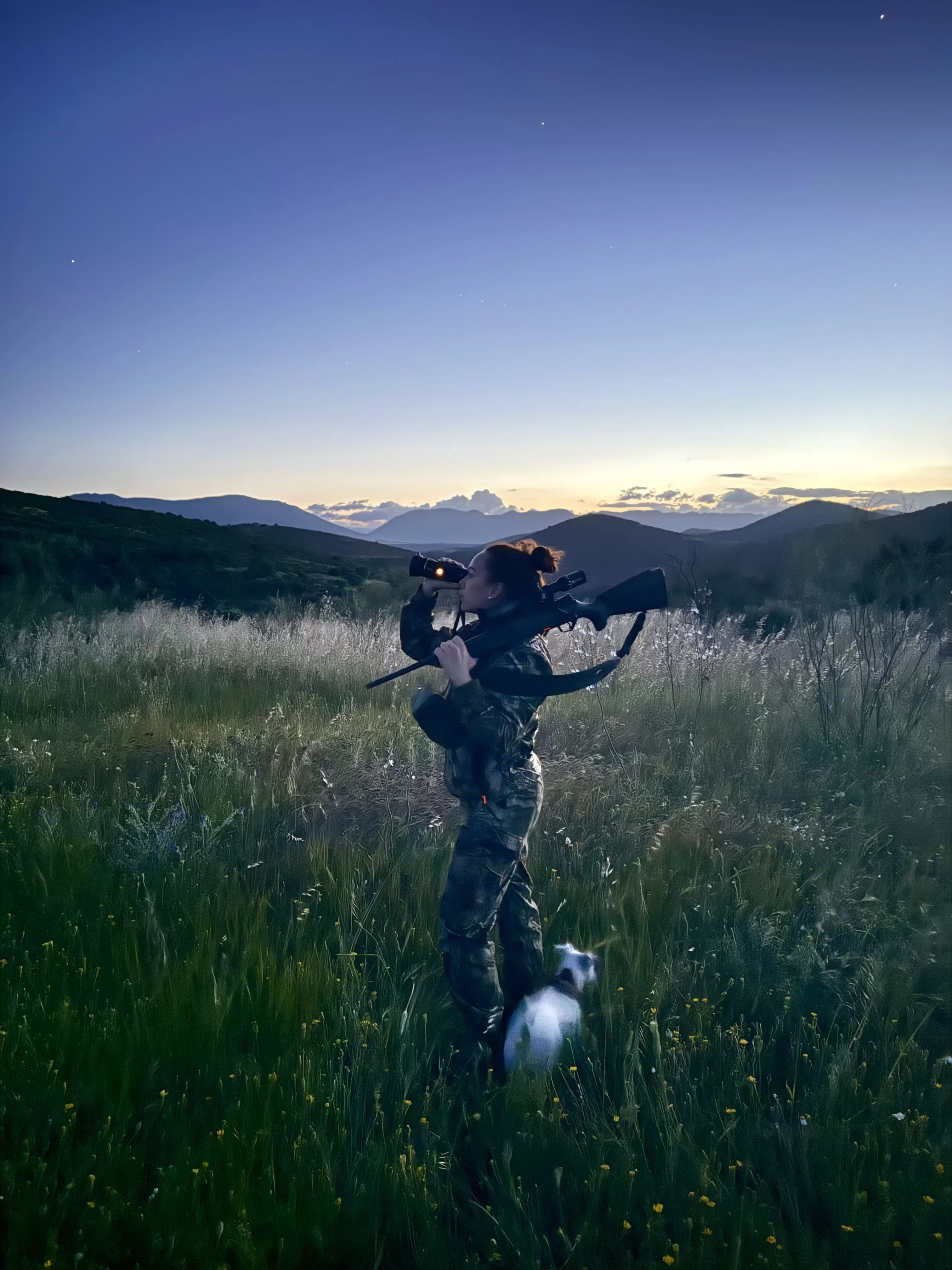
SHE HUNTS: A UK Huntress’s Tale of Thermal Technology Success
The relationship between hunter and quarry is often one built over time—a dance of observation, anticipation, and respect. For weeks, I had been studying the movements of a particular roe buck across the British countryside. His distinctive pattern of meandering while grazing in a soon-to-be-cropped field had become familiar to me, yet he remained frustratingly elusive when it came to creating the perfect ethical shot opportunity. As a dedicated huntress in the UK, I understand that successful stalking requires not just skill and patience, but also the right tools to extend our natural capabilities. The modern hunting landscape is evolving, with thermal technology becoming increasingly vital for ethical and effective field craft. When Technology Bridges Natural Barriers As I carefully approached the hedgerow for a better vantage point, the buck sensed my presence. In an instant, he bolted—racing down into a goyle and across the river in a pattern I had seen before. In previous hunting seasons, this moment would likely have marked the end of the pursuit, with the animal disappearing into terrain and distance beyond human visual capability. However, through the Mile 2’s thermal imaging technology, I maintained visual contact as he climbed a distant field. The heat signature remained clear and distinct despite the challenging terrain and growing distance—a capability that fundamentally changes the dynamics of stalking. Traditional Stalking Limitations Thermal Technology Advantages Limited visibility in low light conditions Clear heat signatures regardless of ambient light Lost visual contact across terrain barriers Maintained observation across valleys and obstacles Difficulty distinguishing animals in vegetation Heat signatures visible through moderate cover Uncertain animal behavior after being spooked Ability to observe recovery patterns and new positions This technological bridge didn’t eliminate the need for stalking skills—it enhanced their effectiveness, allowing for more informed decisions about how to proceed with the




